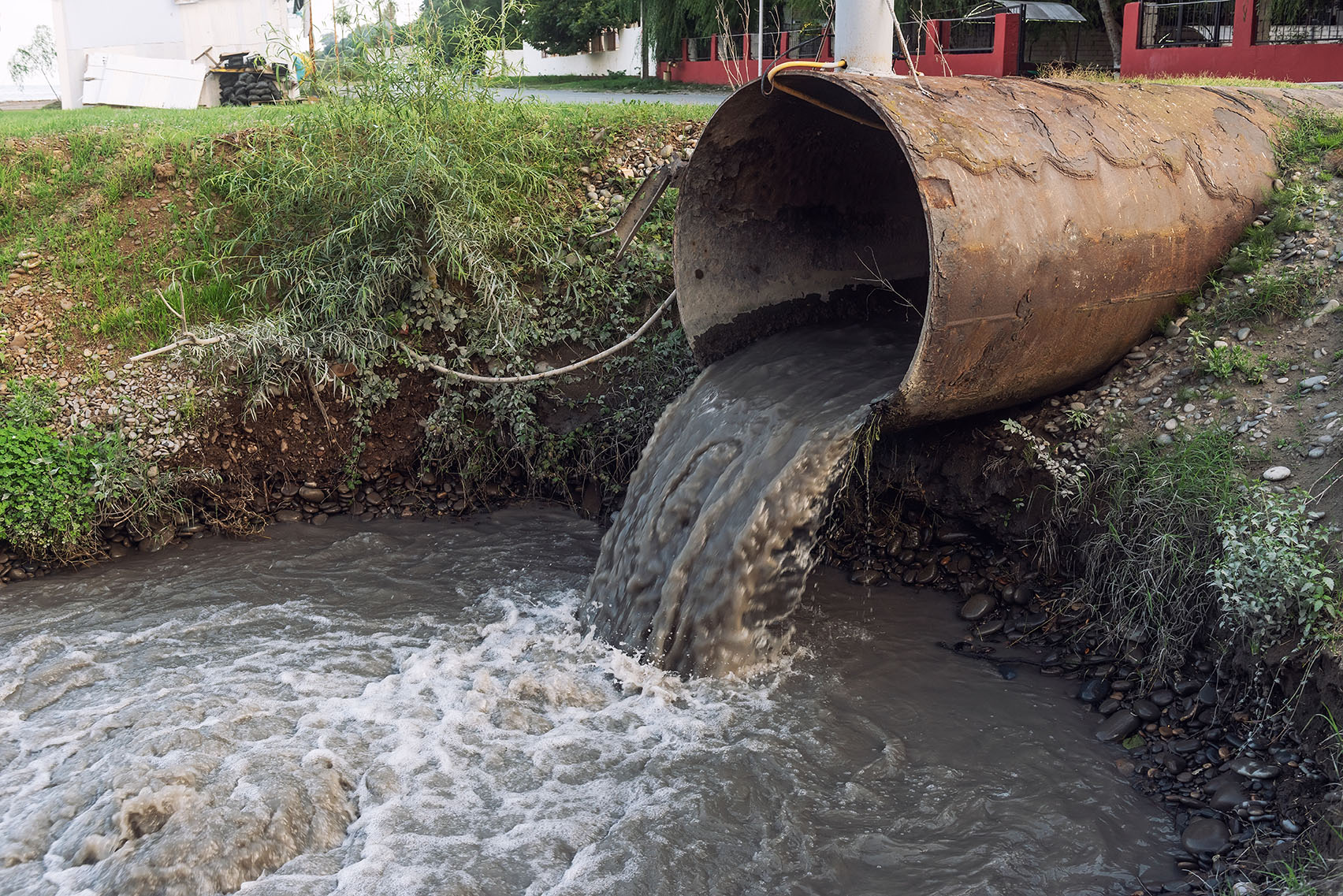
< Back
discharge
Definition
Discharge is the release of something, such as electricity, fluid, or waste. It can be a natural process, such as the discharge of lightning, or it can be a man-made process, such as the discharge of sewage.
An electrical discharge is the flow of electricity through a gas or a vacuum. It can be caused by a spark or by a high voltage difference. Electrical discharge can be seen in lightning strikes, fluorescent lights, and neon signs.
Fluid discharge is the release of fluid from a body. It can be caused by an injury, a medical condition, or a natural process, such as menstruation. Fluid discharge can be seen in blood, urine, and sweat.
Waste discharge is the release of waste from a body. It can be caused by eating, drinking, or a medical condition. Waste discharge can be seen in urine, faeces, and vomit.
Discharge is an important process in many different areas of science. It is used in electricity, medicine, and environmental science.
How can the word be used?
The act of releasing something. For example, you might be discharged from the hospital after you have been treated for an illness.

Different forms of the word
Noun: discharge.
Verb: discharge.
Adjective: dischargeable.
Synonym: release.
Antonym: detain.
Etymology
The word "discharge" comes from the Latin word discarricare, which means "to unload". It is made up of the two Latin words dis (apart) and carricare (to load).
Question
What csn be discharged?
AQA Science Exam Question and Answer
Question:
Explain the concept of discharge in the context of electricity and its significance in electrical circuits. Describe how discharge occurs and what factors affect the rate of discharge in various materials. Provide examples of real-world applications where understanding discharge is crucial for electrical safety and device functionality.
Answer:
- In electricity, discharge refers to the flow of electric charge between two points in an electrical circuit. It occurs when there is a potential difference (voltage) between these points, driving the movement of electrons from an area of higher potential to an area of lower potential. Discharge can take place in various materials, such as conductors, semiconductors, and insulators, but its rate varies depending on the material's conductivity.
- Factors affecting the rate of discharge include the material's resistance, the voltage difference applied, and the temperature. Conductive materials allow faster discharge due to their low resistance, while insulators hinder the flow of charge, leading to slower discharge rates.
- Understanding discharge is crucial for electrical safety and the functionality of electronic devices. Proper grounding and discharge protection prevent harmful electrical shocks to users and safeguard sensitive components from damage. In discharge-sensitive applications like electronics manufacturing and handling electronic components, proper grounding and anti-static measures are vital to prevent damage and ensure proper functioning of the devices.